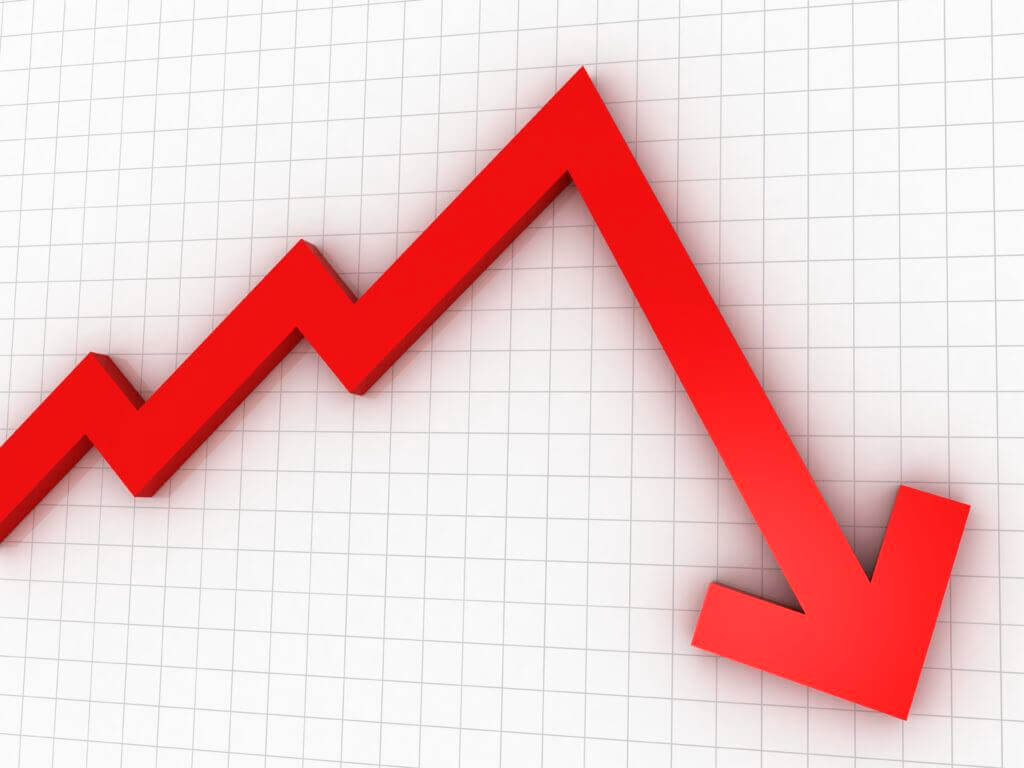
Today’s hotel guests are empowered and informed, which in some ways is very positive. However, it has also led to a trend of guests making multiple bookings far in advance, before cancelling ones they decide against just a day or two before their stay dates. High cancellation rates on OTAs or other channels can be a problem for your hotel if you don’t have a strategy ready to deal with them.
These high cancellation rates can lead to distorted demand levels for hotels.
This means guests book non-optimal rates and you lose revenue. Why does this happen, and what are a few ways for hotels to deal with the effects of these cancellation rates?
We’ve put together a quick guide to help you figure out what causes higher cancellation rates, followed by some tips to deal with them.
Our goal is to help you discover which channels cancellations are coming from, what kind of cancellation rates you should expect, and how to plan for them and turn cancellations to your advantage.
The first thing to realize is that your cancellation rates will be very different for each channel, whether that channel is your brand website, an OTA, over the phone, etc.
Here’s the 6 tips we’ll be covering in more detail below:
Where are Cancellations Coming From?
Average lead times tend to be longer on OTAs. This is because their message to the consumer is to book now, even if they’re not sure.
They encourage guests to reserve a room even when they’re still in the ‘looking’ or ‘dreaming’ stages of the buying process, with the message that they can take advantage of cancellation policies later.
These messages are found explicitly on Booking.com’s homepage, for example, and they’re peppered throughout the booking process. They’re far from alone – Expedia and other OTAs have similar messages:



